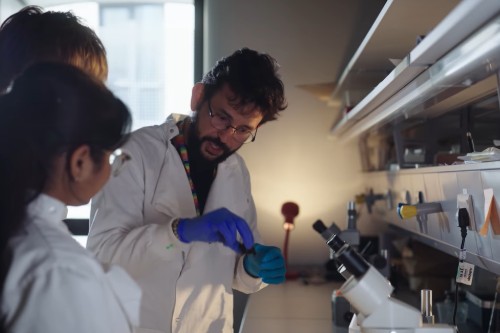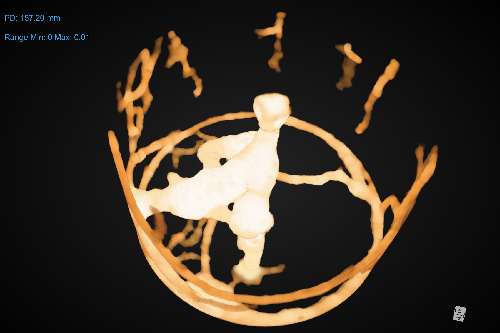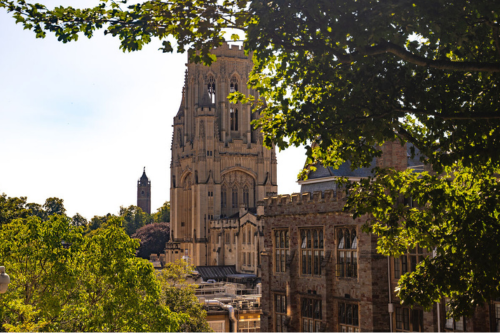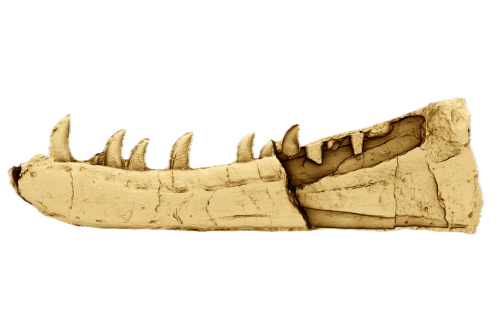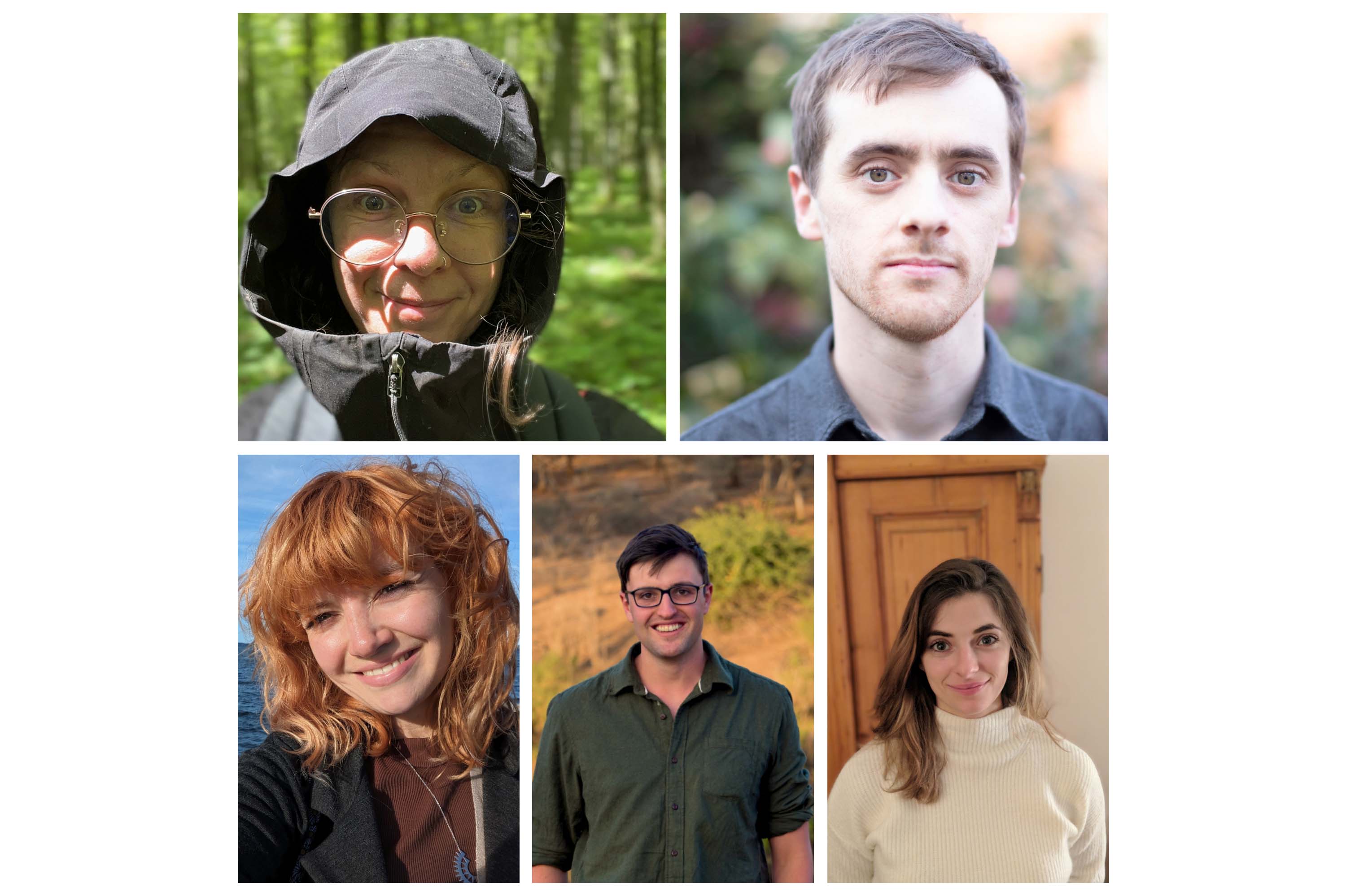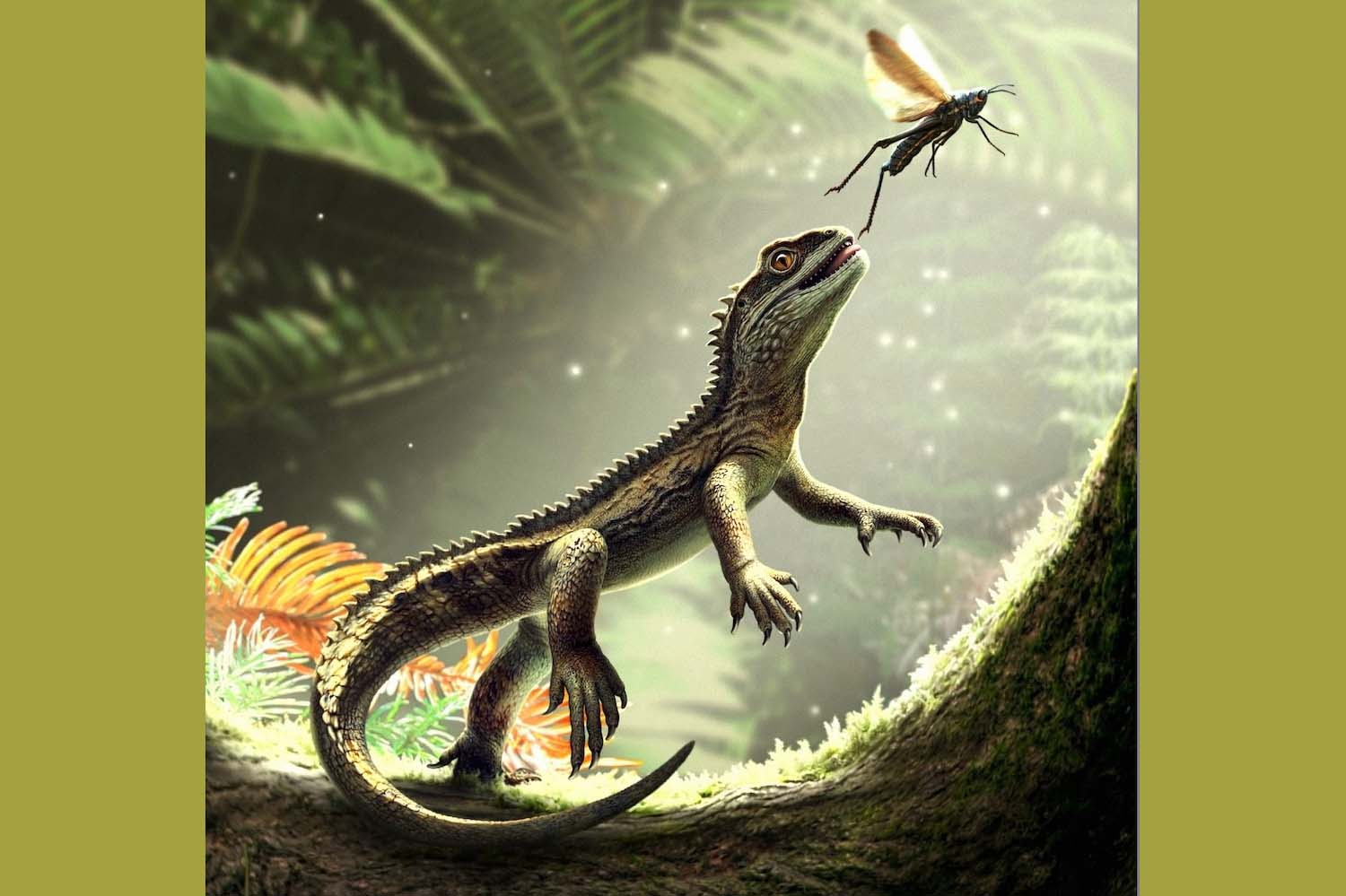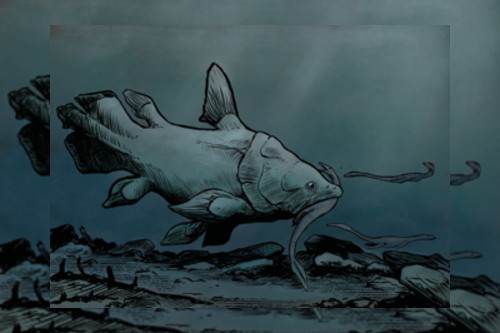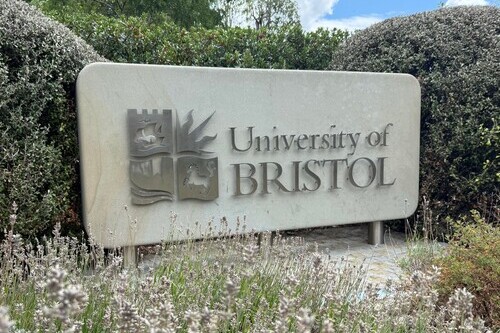Variety of animals evolved similar genetics solutions to survive on land, study finds
Animals from completely different branches of the tree of life such as insects, worms and vertebrates independently evolved similar genetic solutions to survive on land, according to a new study from researchers at the University of Bristol and University of Barcelona.


